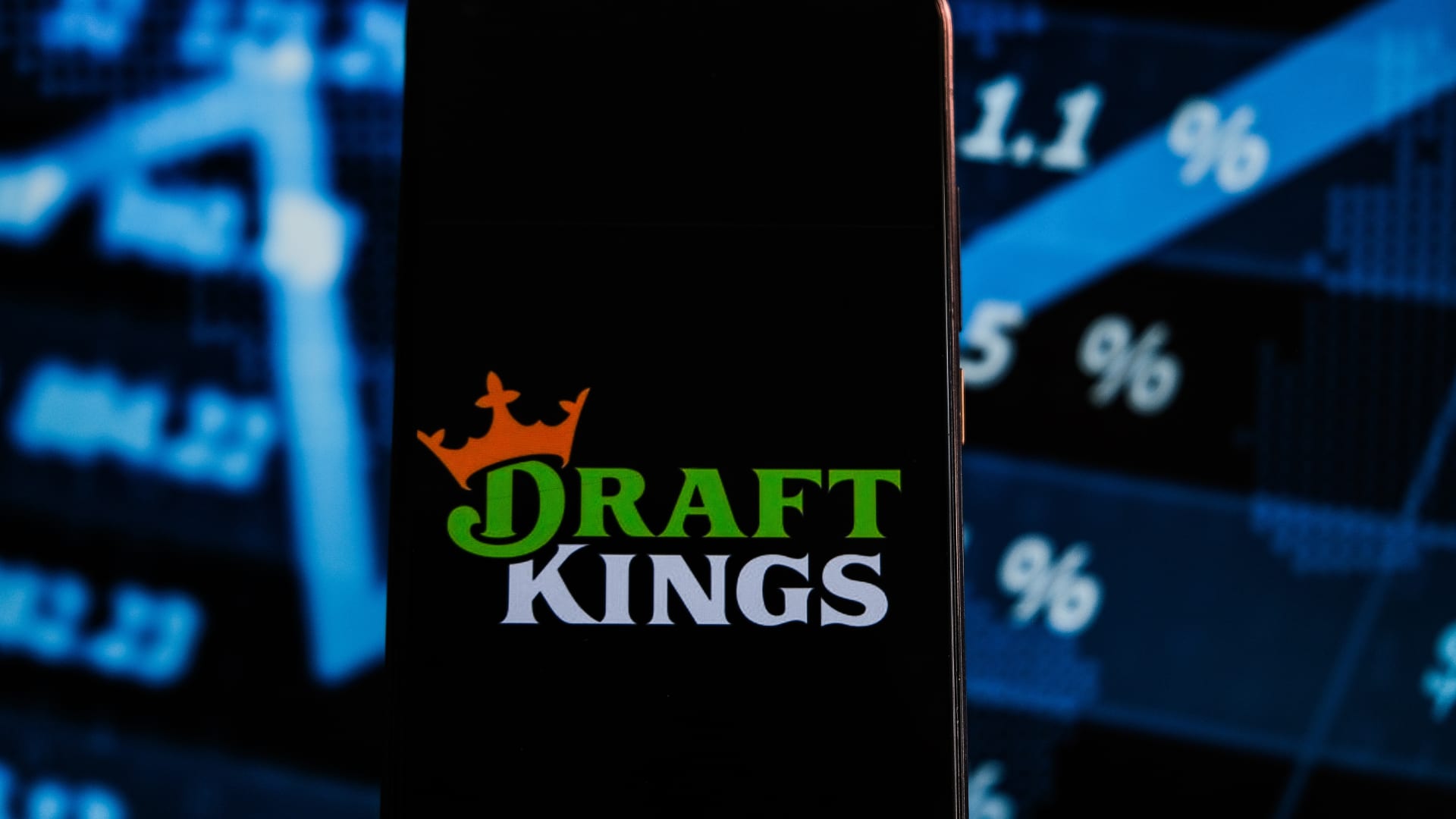Understanding the Role of AI: A Deep Dive into Its Transformative Impact
Artificial Intelligence (AI) has emerged as a pivotal force reshaping industries, economies, and everyday life. This exploration unpacks AI’s multifaceted influence, highlighting its current applications, opportunities, challenges, and future trajectory in an accessible and thought-provoking manner.
AI’s Expanding Presence Across Sectors
AI technology transcends traditional boundaries, embedding itself into healthcare, finance, entertainment, transportation, and more. Its core capability—processing vast amounts of data to identify patterns and make decisions—enables innovative solutions such as predictive diagnostics, personalized marketing, autonomous vehicles, and intelligent virtual assistants. These applications not only enhance efficiency but also redefine user experiences.
Beyond efficiency, AI encourages new forms of creativity. Artists harness AI to generate novel artworks; writers co-create stories with AI models; businesses innovate products tailored by predictive insights. This blend of human ingenuity and machine intelligence fosters a dynamic creative ecosystem, pushing the limits of what is possible.
Navigating Ethical and Practical Challenges
Despite its promise, AI introduces significant challenges. Ethical concerns about privacy, surveillance, and algorithmic bias demand vigilance. Missteps in design or deployment can amplify inequalities or inadvertently harm vulnerable groups. Moreover, decisions made by opaque AI systems can complicate accountability.
On the practical front, integrating AI requires substantial investments in infrastructure, talent, and ongoing maintenance. Organizations must continuously adapt strategies as AI’s capabilities evolve rapidly. Balancing AI’s transformative potential with responsible stewardship is the defining task for stakeholders.
The Economic and Workforce Revolution
AI’s economic impact is profound, altering job landscapes and value chains globally. Automation threatens some traditional roles while creating demand for AI-literate skillsets and new professions in design, oversight, and maintenance of intelligent systems. This workforce transition necessitates reskilling initiatives and proactive policy responses to manage societal effects.
At the same time, AI spurs productivity gains and innovation-led growth, enabling companies to scale with agility and explore opportunities previously constrained by human limits. Industries adopting AI judiciously tend to outperform rivals, capturing competitive advantage in a rapidly evolving market.
Looking Forward: AI’s Future Pathways
Predicting AI’s future unfolds a landscape marked by rapid technical advancements intertwined with complex societal interactions. Emerging trends include explainable AI for transparency, AI-human collaboration emphasizing synergy over replacement, and expanding regulatory frameworks tailored to the technology’s unique attributes.
The interplay between AI innovation and governance will shape how benefits distribute across populations and sectors. Success hinges on cultivating adaptable cultural mindsets and robust policies that harness AI’s power without sidelining human values and social cohesion.
Conclusion: Embracing AI’s Dual-Edged Potential
AI stands at the crossroads of opportunity and caution, poised to revolutionize industries and daily life while challenging ethical, economic, and social norms. Its promise shines brightest when technology amplifies human creativity, inclusiveness, and well-being rather than supplanting them. Navigating this dual-edged potential demands an ongoing dialogue between innovators, regulators, and society at large, charting a course that maximizes AI’s advantages while thoughtfully managing its risks. The future of AI is not predetermined, but shaped by our collective choices today.

